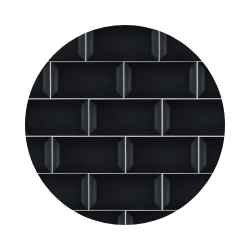
blog, floors

While many may consider ceramic and porcelain floors to be one and the same and although they look rather, there are many factors that come into play that set them apart.
The main difference is that porcelain is less porous and more resistant and denser than ceramic tiles. Compared to ceramics, they are highly resistant to scratching and chipping. This makes porcelain a more suitable option for both indoor and outdoor use and more durable meaning it is ideal for spaces with heavy foot traffic such as shopping malls and schools/ universities. With a melted glass glaze, porcelain is completely impervious to water.
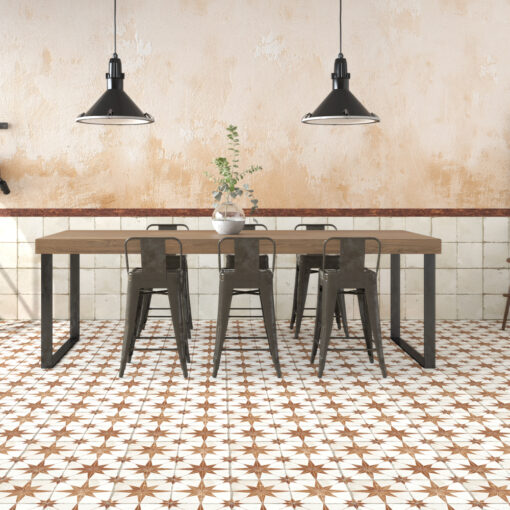
Ceramics, on the other hand, are preferable for indoor use and tiling walls. Since they are less dense, they are better suited for self-installation and will generally cost you less should you opt for professional installation.
One thing these floors have in common is that they are simple to clean and maintain. Regularly sweeping and mopping with a specialised detergent will do the trick.
Another bonus of incorporating ceramic or porcelain floors into your space is the wide variety of sizes, formats and designs to choose from.
Shop our range of ceramics and porcelain.

blog, floors
Cracking your floor tiles is one of those things in life you don’t always account for but can end up being a major inconvenience. By learning what causes them to crack, you can avoid any mishaps and simply enjoy your beautiful flooring.
Here are 10 Reasons Your Floor Tiles Crack:
Cause 1: The Concrete Substrate didn’t cure for long enough
Freshly-poured concrete contains large amounts of water and as the concrete cures, the water concrete shrinks underneath the laid down tiles causing extra strain and pressure. New concrete requires a minimum of 28 days to cure. Request a moisture test from your tiler which will help you identify whether your tiles cracked due to the concrete or not.
Cause Two: The concrete substrate has cracked
While concrete seems to be a suitable base to lay tiles down, due to age, most concrete eventually cracks. When concrete substrate cracks underneath tiles, it is transmitted to the tiles and causes long, continuous reflective cracks that extend across multiple tiles. To prevent this situation from occurring, install a crack isolation membrane over the concrete during installation.
Cause Three: Hard, sharp knocks
If you have a crack that is only located and isolated to one area on one tile, then it is likely that something hard was dropped on the floor. This is especially common in areas such as the kitchen, where heavy objects, such as cans, pots or pans often get dropped. It is advisable to always buy 10% extra in spare tiles for your home. These occurrences are considered normal wear and tear.
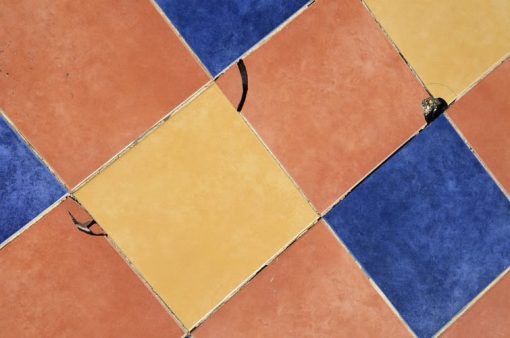
Cause Four: A very heavy load
The breaking strength of a tile is regulated within the industry, and most tiles meet and exceed these standards. Commercial equipment, such as fridges, do not exert enough ground pressure to exceed the breaking strength of tiles. However, industrial machinery or commercial sliding security filling racks might be too heavy. Tiles are not the right flooring to use under industrial equipment.
Cause Five: Tiles installed over a concrete control joint
Control joints are essentially pre-planned cracks aimed at controlling where and in which direction the crack spreads. By catering for heat expansion and cold contraction of the concrete, this can usually be contained to a straight crack line. It is not good practice to use tiles to bridge a line that will knowingly expand in future.
Cause Six: Lifted tiles and cracks
‘Tenting’ is the term used for the lifting of tiles, which is primarily caused by poor installation, improper use of adhesives or inadequate grouting and expansion joints at the edges of the room, room entrances or in very large or long rooms, such as passages. Due to lifting, this makes the tile more prone to cracking as it is no longer firmly bonded to the substrate. Furthermore, the force created from tiles expanding against each other may be enough to make a tile crack.

Cause Seven: Sub-standard tiles
While it is possible to buy sub-standard tiles, if you buy tiles from a respected professional supplier it is unlikely that this is the cause. However, ensure that the tiles that you have bought are compliant with the proper testing standards. You also need to ensure that the correct tiles have been used for the correct application.
Cause Eight: Subpar Mortar
Ceramic tiles, especially larger ones need an even distribution of mortar underneath them when installed. Any voids in the mortar underneath the tile allow room for flexibility and ultimately cracks. There needs to be an adequate amount of mortar applied to the back of larger tiles as well to ensure there’s enough coverage.
Cause Nine: Improper Subflooring
Having plywood as a base for tiling is never a good idea as it is a flexible material, meaning the tiles are more susceptible to cracking. The most suitable subfloor for ceramic tiles is a mud bed or a cement backer board over plywood in the case where a mud bed cannot be used.

Cause Ten: Missing Underlayment
If tiles are installed directly over concrete floors, it will mirror any cracks that exist on the floor i.e. if the floor cracks, it will radiate up to the tile. In order to tackle this, apply an uncoupling membrane to the concrete before installing your tiles as it bonds the two. The membrane allows for movement in the floor without having it radiate through the cracks.
For more tiling advice visit a Tiletoria near you today and speak to our friendly salespeople.
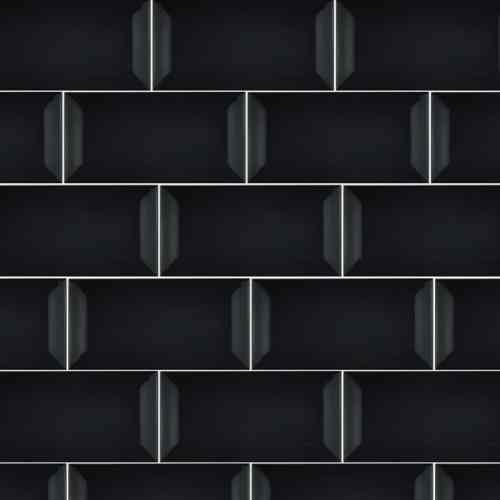
blog, floors, walls
With a wide selection to choose from, it’s natural to feel a bit intimidated or overwhelmed when purchasing tiles for your home. Since this can become such a high-involvement purchase, here are some factors to consider to help you along the way.
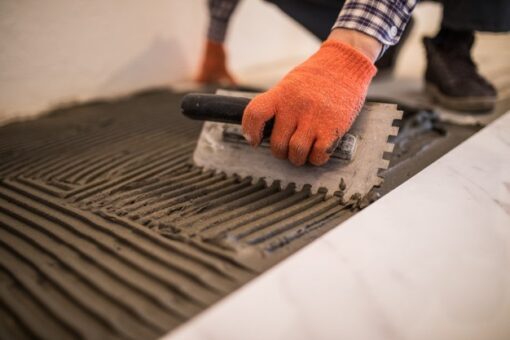
1. Indoor or Outdoor use
Before looking at your different options for tiles, you need to determine whether it will be installed indoors or outdoors. This is important as tiles for exterior spaces need to meet certain safety regulations such as being slip and thermal shock resistant. The selection is also dependent on the type of outdoor area i.e., whether you have a pool, lawn, etc. Generally, outdoor tiling requirements have a slip resistance coefficient greater than 0.4 when wet. This is often expressed as an R rating and a ratio of R11 or more is recommended for poolside’s. Popular outdoor tiling mimics the textures of natural stone and are not monolithic.
Indoor tiling doesn’t require as many considerations as outdoor tiling. You can choose indoor tiling purely based on aesthetics. It is, however, important to note that not all tiles can be used for flooring purposes as floors need to be able to withstand continuous stress, abrasion and chemicals.
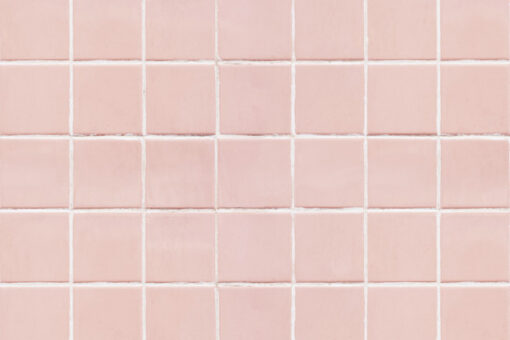
2. Tile Size
In order to determine the size of the tiles you purchase, the design of the space needs to be considered. Larger-scale tiles can be more modern, impactful and make a smaller space seem bigger. For a more traditionally-styled space, opt for smaller-scale tiles.
Large tiles with the dimensions 90 x 90 cm or 120 x 60 cm sizes are increasingly popular. Their installation requires less effort, and they are great for tiling both walls and floors.
Regardless of the size of the tile, it is advisable to purchase at least 10% more than necessary in case of breakage and cutting during the project. It is also good to have any spares for future use.
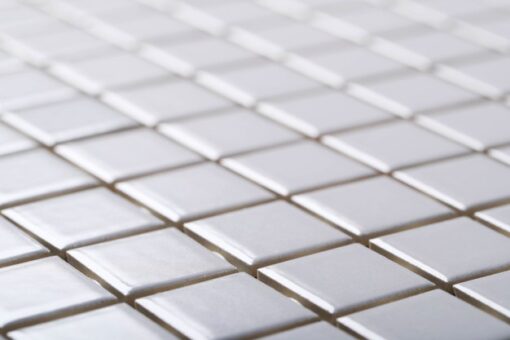
3. The Finish
With many different finishes to choose from, you need to find one that best suits your style, including polished, matt, metallic, satin, etc. Naturally, different finishes are made from different materials and require different levels of maintenance. Some are more slip-resistant, durable and easier to clean than others. While making choices based on how aesthetically pleasing certain tiles are, it is important to take all these factors into consideration.
Need more advice on what tiles you want to fill your home with? Visit your nearest Tiletoria store and our sales representatives will be more than happy to advise you on which tiles they think will be best suited to your application.
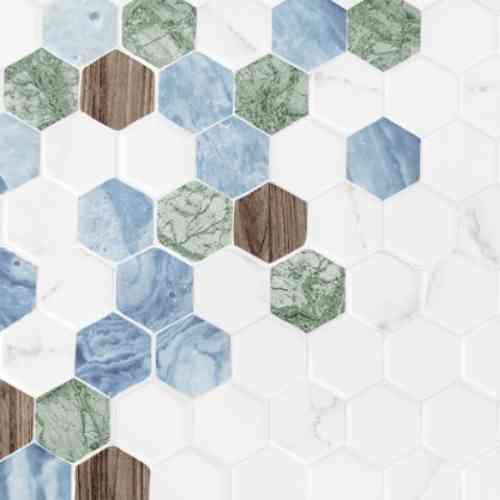
blog, floors, walls
1. What is the difference between porcelain and ceramic tiles?
In summary, the difference between porcelain and ceramic tiles is the way they are produced. Porcelain is created in a more controlled manufacturing process, resulting in a less porous, homogenous tile with more durability. Due to these properties, this tile works well in high foot traffic areas such as shopping malls and schools. Ceramic, on the other hand, is a mixture of clay and minerals, resulting in a more interesting and unique looking tile.
2. What type of finishes are there?
The finishes for ceramic tiles include polished, shiny, satin, matte, or natural.

Retro white tiles textured background
3. Is ceramic tile a durable material?
They are a durable material, but it really depends on the installation of the tiles. For optimal durability, the base on which the tiles are glued should be flat and have no irregularities. The manufacturers should have recommendations for best installing the tiles and that should be carefully and strictly followed in order to achieve the best results.
4. What is a rectified tile?
Rectified tiles are ones that go through a cutting process of grinding, which makes all pieces the same size. As a result, the grout gaps are minimal, making for a more aesthetically pleasing assembly.
5. How do I calculate the number of tiles I need?
Naturally, you will need to know the area of the space in order to determine the number of tiles required. It’s advisable to purchase more tiles than the exact number of ties required since there may be breaks and cut-outs. Uniquely shaped floor plans will require an even larger number of tiles due to cutting.

6. Can floor tiles be installed on walls? Or wall tiles on floors?
Practically any floor tile can be installed on the wall but not all wall tiles can be installed on a floor. Make inquiries from the manufacturer or outlet store before purchasing.
7. Can I install tiles on top of other tiles?
While it is not the smartest option as you’ll have to alter the height of your doors as well, it is possible to install tiles on top of other tiles provided the surface below has been correctly installed and is not broken.
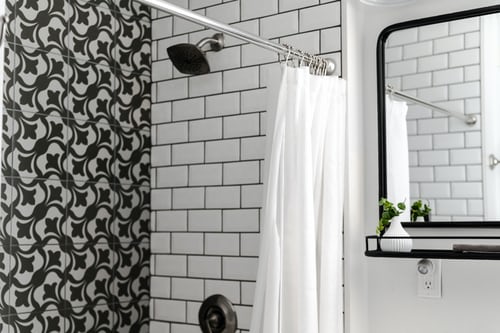
8. Are ceramic tiles non-slip?
To determine whether a tile is non-slip, you can look at its dynamic friction coefficient, which is an index of slip resistance. The higher the number, the more ‘non-slip’ the tile is.
9. Is it possible to paint on tiles?
It is possible, but not all paints work. Highly waterproof and smooth surfaces require highly adhesive paint. It is also necessary to prepare a base for painting for a more efficient result.


